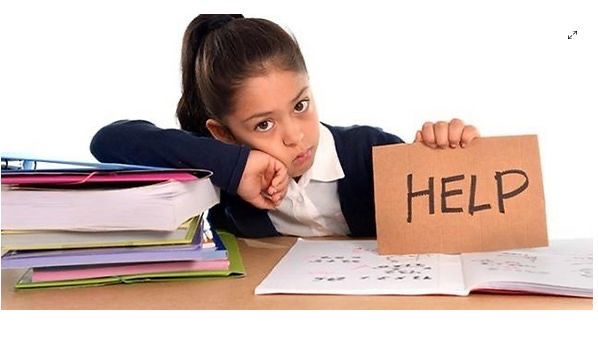
“Let’s talk about dyslexia therapy. Now, this isn’t just about teaching a child how to read—it’s about changing how we think about learning itself. Dyslexia can be overwhelming for both the child and the adults supporting them, but let me tell you something: there is so much hope. I’ve seen it firsthand.”
Start with Multisensory Learning

One of my students, Sara, hated reading—it was exhausting for her.
But when I had her trace the letter ‘b’ in sand while saying the sound, something clicked. Engaging her senses—touch, sight, and sound—transformed her experience.
The key? Always connect as many senses as possible. Simple activities like writing in shaving cream or clapping out syllables can make a world of difference.
The Power of Phonological Awareness

Phonological awareness is the foundation of reading—without it, decoding words is nearly impossible. I once worked with a boy named Adam who struggled to blend sounds.
We started small: /c/… /a/… /t/. After weeks of practice, he lit up and proudly said, "Cat!" That moment was everything.
Make it fun: clap out sounds, play rhyming games, or turn blending into a playful challenge. These simple activities build skills—and, most importantly, confidence.
Break It Down, Then Build It Back Up

Here’s a tip I wish someone had told me earlier:
never throw too much at a child with dyslexia at once. They’re already juggling so much mentally—decoding, remembering sounds, trying to make sense of words.
Keep it simple. Start with one vowel sound, like ‘a’ in cat, and master it before moving on. Progress can feel slow, but slow is okay. Every step forward is a victory.
And celebrate those small wins! If they finally read pat after struggling for weeks, cheer like they just won the World Cup. Trust me, that sense of accomplishment will keep them going.
Don’t Forget the Emotional Side

Dyslexia isn’t just academic—it’s deeply emotional. Many kids feel different and defeated, hiding in the back, hoping not to be noticed. Your job is to show them they’re more than their struggles.
I had a student, Maya, who was so anxious she’d cry at the thought of reading.
So, we started with conversations about her favorite things—her dog, her cartoons—and built trust. When she finally read her first sentence, I said, “See? You’re amazing.” And she believed me.
Be their biggest cheerleader. Your encouragement can change everything.
For You, the Educator, the Parent

You’re not just teaching them to read; you’re teaching them to believe in themselves.
“So, take a deep breath. You don’t have to have all the answers, but you do have to show up—consistently, patiently, and with a whole lot of love. Because these kids? They’re worth it.”

Comentarios